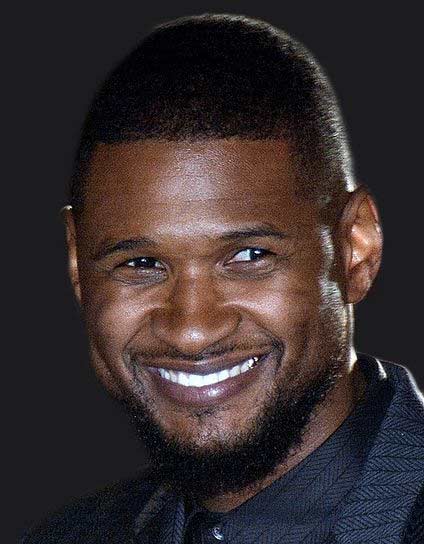Quick Facts
| Quick Facts | Details |
|---|
| Full Name | Rudolf Khametovich Nureyev |
| Date of Birth | 17 March 1938 |
| Place of Birth | Near Irkutsk, Russian SFSR, Soviet Union (on a Trans-Siberian train) |
| Date of Death | 6 January 1993 |
| Age at Death | 54 years |
| Place of Death | Levallois-Perret, France |
| Cause of Death | AIDS-related complications |
| Resting Place | Sainte-Geneviève-des-Bois Cemetery, Paris, France |
| Citizenship | Soviet Union (until 1961), Stateless (1961–1982), Austria (from 1982) |
| Alma Mater | Kirov Ballet School |
| Occupations | Dancer, Choreographer, Ballet Director |
| Years Active | 1958–1992 |
| Height | 173 cm (5 ft 8 in) |
| Partners | Erik Bruhn (1961–1986), Robert Tracy (1978–1993) |
| Website | nureyev.org |
| Early Career | Began with the Kirov Ballet (Mariinsky Ballet), which defected to the West in 1961 |
| Notable Roles | Dancer with The Royal Ballet, Director of Paris Opera Ballet (1983–1989), Chief Choreographer of Paris Opera Ballet |
| Famous Works | Interpretations of Swan Lake, Giselle, La Bayadère |
| Ethnic Heritage | Tatar and Bashkir |
| Family Background | Only son with three older sisters, raised in a Tatar Muslim family |
| Quotes on Heritage | “Our Tatar blood flows somehow faster and is always ready to boil.” |

Rudolf Nureyev Net Worth
Rudolf Nureyev’s net worth is approximately $7.9 million.
Rudolf Nureyev Movies
| Movie Title | Release Year |
|---|
| The White Crow | 2018 |
| Don Quixote | 1973 |
| Nureyev | 2018 |
| The Margot Fonteyn Story | 1989 |
| Schwanensee | 1967 |
| Valentino | 1977 |
| Romeo and Juliet | 1966 |
| Fonteyn and Nureyev: The Perfect Partnership | 1985 |
| Exposed | 1983 |
| I am a Dancer | 1972 |
| The Nutcracker | (Release year not provided) |
| Nijinsky | (Release year not provided) |
| Rudolf Nureyev: Rebellious Demon | 2013 |
| Opéra national de Paris: Romeo and Juliet | (Release year not provided) |
| Prokofiev: Cinderella | 2008 |
| Be Water | 2020 |
| I am Divine | 2013 |
| Paris: Luminous Years | 2010 |
| That’s Dancing! | 1985 |
URL Copied





